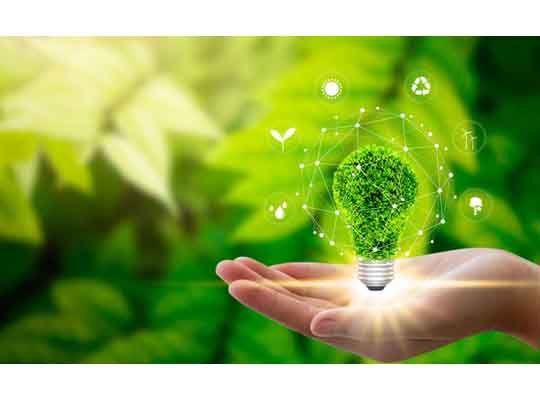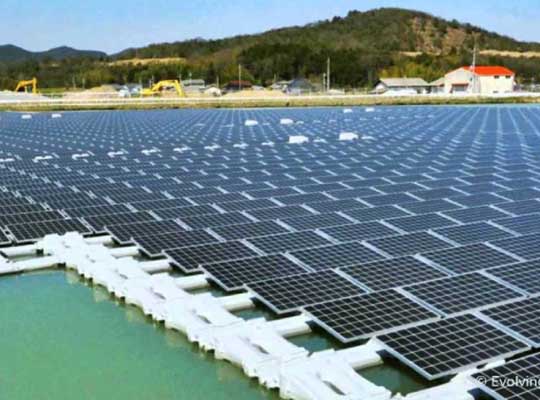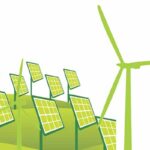Energy conservation is the term we are hearing more and more now a days. Energy conservation is not about making limited resources last longer, but it is a process of doing nothing more than delaying a crisis until we finally run out of all our energy resources.
It is all about using energy only when it is required and using it as much as needed for the job and not wasting any amount of it. It requires a conscious effort from the user of energy to make sure that there is no wastage on a regular basis.
Importance of Energy Conservation
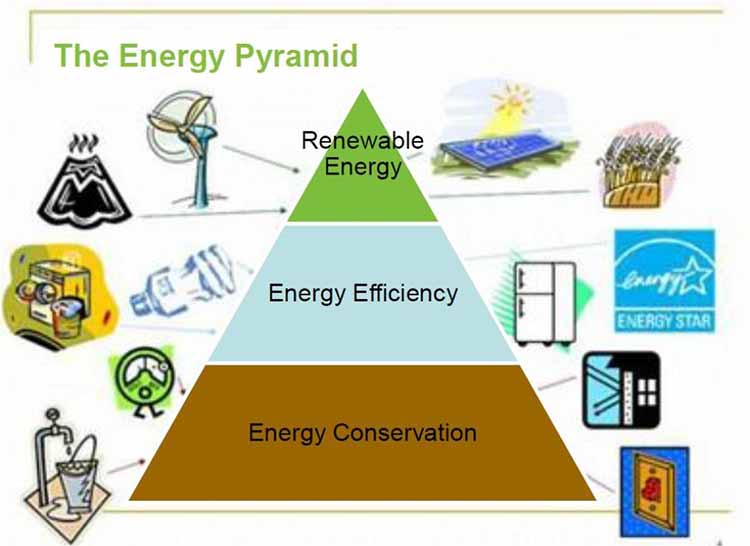
The goal with energy conservation techniques is to reduce demand, protect and replenish supplies, develop and use alternative energy sources, and to clean up the damage from the prior energy processes.
Energy conservation is not about making limited resources last as long as they can, that would mean that you are doing nothing more than prolong a crisis until you finally run out of energy resources altogether.
Without energy conservation, the world will deplete its natural resources. While some people don’t see that as an issue because it will take many decades to happen and they foresee that by the time the natural resource is gone there will be an alternative; the depletion also comes at the cost of creating an enormous destructive waste product that then impacts the rest of life.
Conservation is the process of reducing demand on a limited supply and enabling that supply to begin to rebuild itself. Many times, the best way of doing this is to replace the energy used with an alternate source.
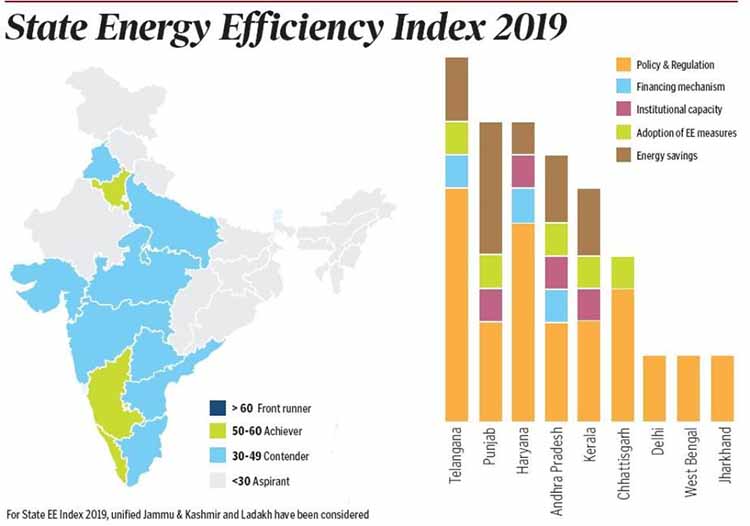
In the case of fossil fuels, conservation also can include finding new ways to tap into the Earth’s supply so that the commonly used oil fields are not drained completely. This allows for those fields to replenish themselves more. This is not a process that happens overnight; when you are talking about replenishing natural resources, you are talking about alleviating excess demand on the supply in 100’s of years’ time to allow nature to recover.
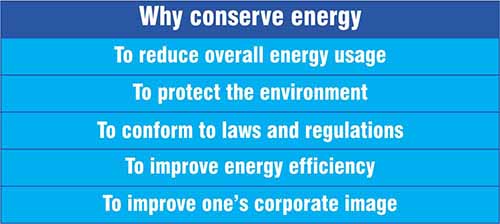
Energy Management:
Because of the rising energy costs, energy management has again become a priority for facilities managers. Many new energy saving technologies are available, such as automated management systems, but they do not support or guarantee a successful energy program. Facility managers should keep the following principles in mind, while considering innovative approaches to energy management:
- Without knowing how, when and where energy is used, there is no way to gauge the relative importance of energy management projects. Identifying and tracking energy use patterns is the first step in any energy program.
- Good maintenance practices and good energy management go hand in hand. Some of the highest rates of return on energy conservation are generated simply by performing maintenance. Preventive maintenance is still critical, and reactive maintenance (waiting for a crisis to occur) is still foolish, despite funding limitations. It is easy to ignore preventive maintenance when systems are new, calibrations are precise, seals are tight, and heat-exchanger surfaces are clean.
- Maintenance and energy management serve different purposes. One cannot be substituted for the other. For example, cleaning light-fixture lenses and re lamping them is good maintenance; installing more efficient lamps and ballasts is good energy management.
Energy efficiency: The phrase energy efficiency is often used to describe any kind of energy saving measure, though technically energy efficiency is different from energy conservation. For example, a compact fluorescent bulb is more efficient than a traditional incandescent bulb as it uses much less electrical energy to produce the same amount of light. Similarly, an efficient boiler takes less fuel to heat a home to a given temperature than a less efficient model.
Practical Energy Conservation Techniques
- Try replacing incandescent bulbs in your home with CFL bulbs. CFL bulbs will not only save energy but over time you end up saving money.
- Lower the Room Temperature. The more the difference between indoor and outdoor temperature, the more energy it consumes to maintain room temperature.
- Turn off lights during the day and use daylight as much as possible. This will reduce the burden on the local power grid.
- Get Energy Audit Done. Implement the tips and suggestions given by energy experts.
- Use Energy Efficient Appliances
- Drive Less, Walk More and Carpooling, this will not only reduce your carbon footprint but will also keep you healthy as walking is a good exercise.
- Switch Off Appliances When Not in Use.
- Plant Shady Landscaping. This will keep your home cool during the summer season and will eventually turn to big savings when you calculate the amount of energy saved at the end of the year.
- Install Energy Efficient Windows


